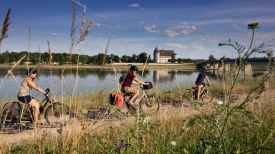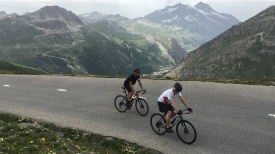



No tours available yet...
No tours available yet...
No tours available yet...
 France Bike Tours
France Bike Tours
 Europe Bike Tours
Europe Bike Tours
 Europe Luxury Bike Tours
Europe Luxury Bike Tours
 Epic Cycling
Epic Cycling
 Cycling Challenges
Cycling Challenges
 Italy
Italy
 Spain
Spain
 Holland
Holland
 United Kingdom
United Kingdom
 Portugal
Portugal
 Ireland
Ireland
 Switzerland
Switzerland
 Croatia
Croatia
 Baltic States
Baltic States



